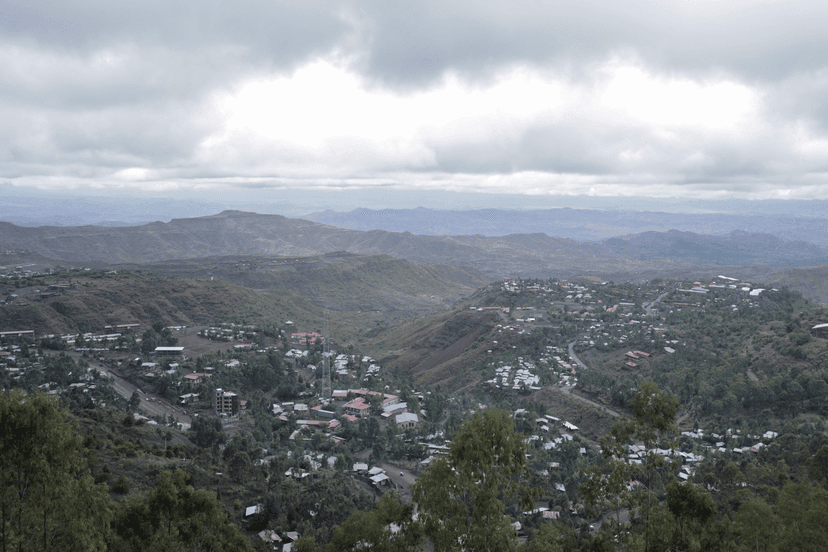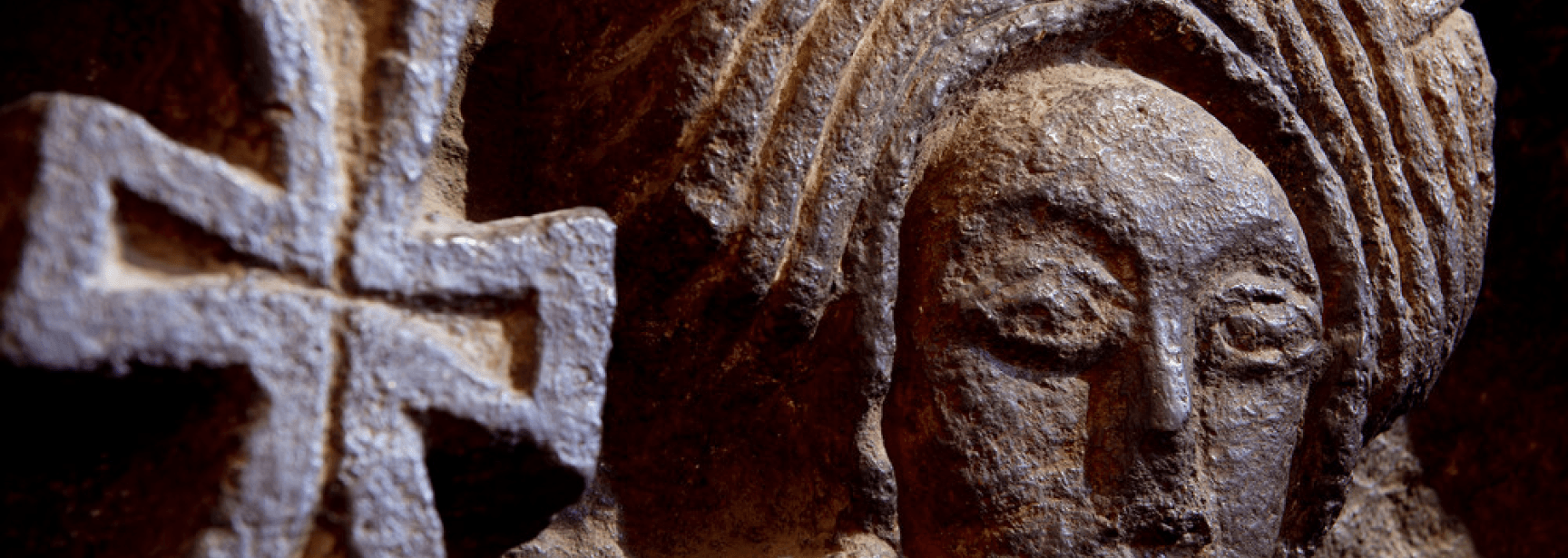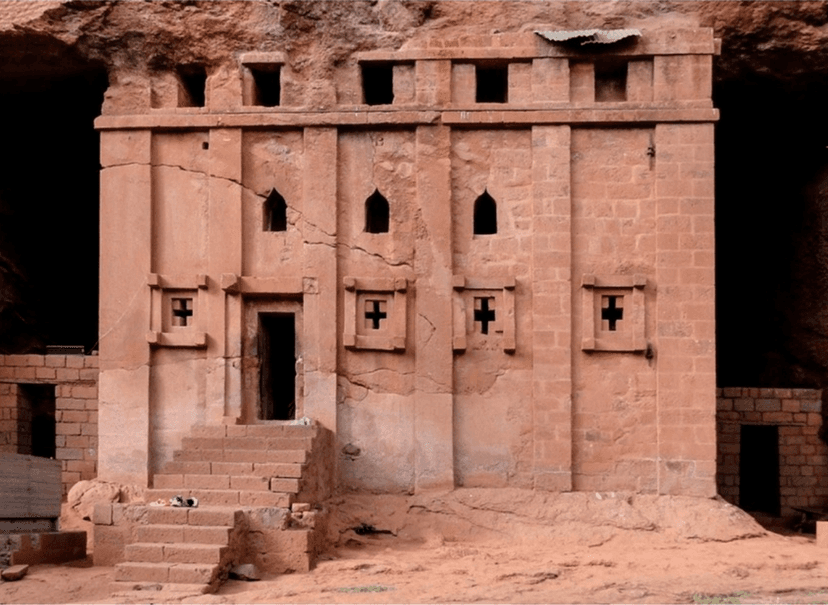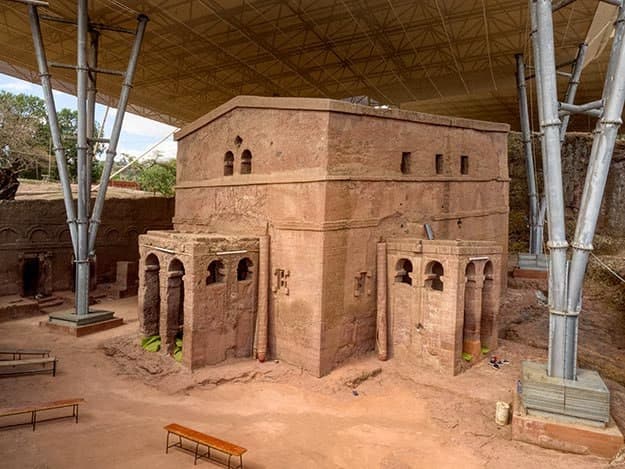

History

Located in northern Ethiopia in the Amhara region, St. Lalibela town was originally known as Roha during the reign of St. Gebre Mesqel Lalibela, and was later named after him.
St. Gebre Mesqel was a member of the Zagwe Dynasty, who ruled Ethiopia for 40 years in the late 12th century. He earned the name "Lalibela" because a swarm of bees surrounded him at birth; his mother interpreted this as a sign of his future reign over Ethiopia. The name "Lalibela" translates to "the bees recognize his sovereignty" in Agaw, a Cushitic language spoken in Ethiopia. Lalibela served as the capital of Ethiopia until the 13th century, after which the capital moved to Addis Ababa.


St. Lalibela churches are situated approximately 701 kilometers north of Addis Ababa in the Amhara Region, at an altitude of 8,200 feet (2,500 meters). At the town center lies a unique complex of 11 churches cut out of the living rock some 900 years ago. Their construction is attributed to the King, Priest, and Saint Lalibela (approximately 1181-1221) of the Zagwe dynasty, who endeavored to create a New Jerusalem on African soil accessible to all Ethiopians.
It is briefed in the king's leadership that Gebre Mesqel/St. Lalibela built a New Jerusalem as the capital in response to Muslims capturing old Jerusalem in 1187. Because of this, many places in Lalibela have names of Biblical origin and symbolism – examples include the river in the town, which is called the River Jordan, Golgotha: Tomb of Christ and Adam, Mount Tabor, and Olive, etc. St. Gebremesqel is also well-known as the king who built Lalibela's monolithic churches, the main attraction of Lalibela.























